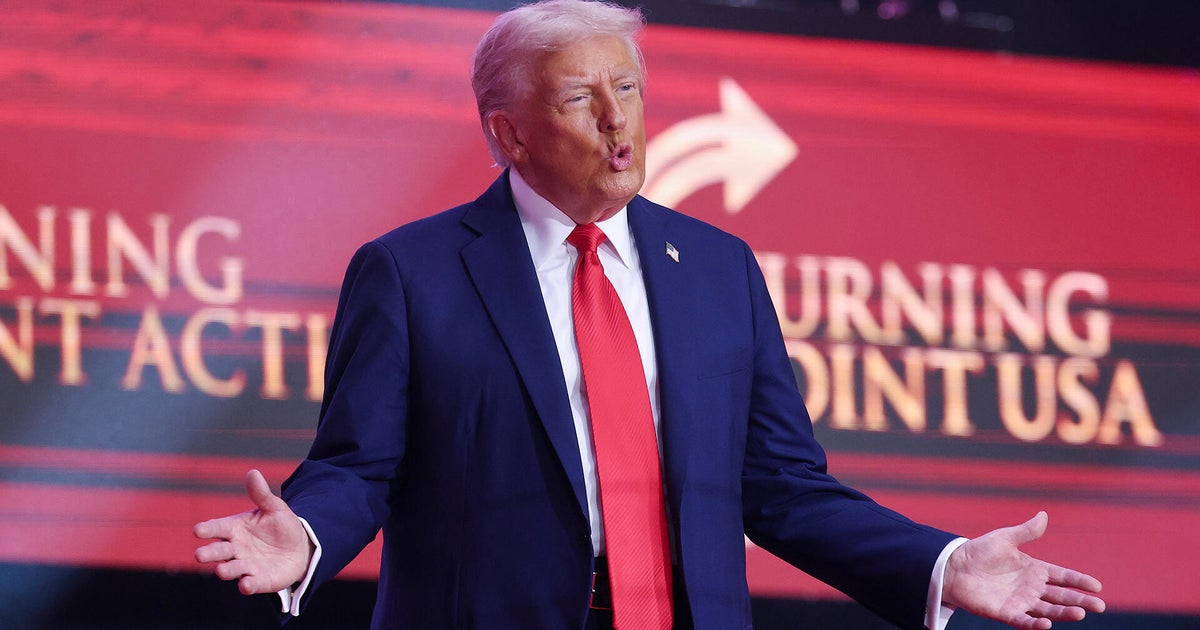
President Donald Trump recently unveiled an ambitious addition to his branding portfolio: TrumpRx, a government website that promises to provide discounted prescription drugs to countless Americans. Alongside this announcement, Pfizer declared its commitment to lower the prices it charges the Medicaid program, which serves nearly 80 million low-income individuals.
On the surface, this initiative appears to be a significant breakthrough for American consumers, particularly for those reliant on Medicaid for their healthcare needs. The White House’s press release boldly proclaimed, “President Trump is delivering on promises for American patients that the political establishment did not believe were possible.” However, beneath this glitzy exterior lies a stark reality: the actual impact of TrumpRx on prescription drug prices may be minimal at best.
Experts in the field, such as Stacie Dusetzina, a drug pricing researcher at Vanderbilt University, critique the announcement as more of a public relations victory than a substantive change. “It’s really easy to do something that sounds like it’s going to save people money and lower profits for pharma and save taxpayers money. It’s much harder to actually do those things,” she stated, describing the initiative as “a great press release” but “without a lot of substance.”
The details surrounding TrumpRx remain vague. As reported by Axios, the platform is not set to launch until next year, leaving many questions about its functionality and effectiveness unanswered. The basic premise is that users will eventually visit TrumpRx.gov to access prescriptions at discounted prices if they are paying cash. While the concept is straightforward, a number of barriers exist.
For the majority of Americans—over 90%—who already possess health insurance, the likelihood of finding better prices through TrumpRx is slim. Most insurance plans negotiate lower rates for prescription drugs, meaning that even if TrumpRx offers comparable discounts, utilizing insurance would likely be more beneficial. The sooner individuals reach their deductible through insurance, the less they will ultimately pay out-of-pocket for medical care.
For the uninsured who might consider paying cash for medications, the potential savings through TrumpRx remain uncertain. Even with the promised discounts, essential medications could still run into hundreds of dollars per month. Moreover, alternatives like Mark Cuban’s Cost Plus Drugs and GoodRx already exist, providing cash payment options for medications. Dusetzina pointed out that she found prices on GoodRx for drugs lower than those projected by the Trump administration. For example, the arthritis medication Xeljanz was said to be available at a 40% discount on TrumpRx for roughly $3,600, while GoodRx listed it for around $3,000.
While TrumpRx may serve as another option for consumers, it is clear that thorough price comparisons will still be necessary for those seeking the best deal.
Another significant aspect of this week’s announcements was the deal between the Trump administration and Pfizer, which aims to ensure that the pharmaceutical giant charges Medicaid no more than what it charges in other countries. Again, this sounds promising on the surface, but the reality remains clouded by uncertainty. The deal is confidential and voluntary, meaning that essential details regarding the discounts are not publicly accessible.
Rachel Sachs, a health law professor at Washington University in St. Louis, emphasized that the confidentiality of such agreements complicates assessments of who benefits and how. Medicaid patients, who typically face little to no cost-sharing when filling prescriptions, may not notice any substantial changes in their out-of-pocket expenses. However, if the deal does lead to savings for state Medicaid budgets, it could hypothetically allow for improved coverage of prescription drugs or other healthcare services.
Yet, experts warn that the effectiveness of baselining Medicaid drug prices against those in other countries might yield limited results. Dusetzina noted that Medicaid already benefits from federally mandated discounts, potentially placing its prices close to or even lower than those found internationally.
Interestingly, despite the optimism surrounding these announcements, Pfizer’s stock price rose following the news, suggesting that Wall Street does not perceive the deal as a threat to the company’s financial outlook.
While we should not completely dismiss the potential benefits of TrumpRx and the Pfizer agreement, it’s essential to recognize that concrete solutions to the high cost of prescription drugs are still needed. Some patients may find success in locating more affordable medications through the new government website, and if the Pfizer deal produces actual savings for Medicaid, that would be a positive outcome.
However, the political implications of these announcements cannot be overlooked. The Trump administration benefits from the perception that it is taking action on a critical issue affecting many Americans. Public opinion surveys consistently highlight the high cost of prescription drugs as a top concern for voters.
Yet, the distinction between political optics and tangible benefits is crucial. On the same day as the TrumpRx and Pfizer announcements, the administration quietly issued its final rule for the next phase of Medicare drug price negotiations—an initiative that began under President Joe Biden in 2024. These negotiations have already yielded significant savings for seniors on Medicare, with estimates suggesting a 22% reduction in prices for selected drugs compared to previous years. Sachs pointed out that if the administration is genuinely concerned about Americans paying exorbitant drug prices, the Medicare negotiations represent a more effective avenue for aligning U.S. prices with international standards.
In conclusion, while initiatives like TrumpRx and the Pfizer deal are presented as steps toward combating high prescription drug costs, the reality is that real change requires more than just announcements. Meaningful reform is possible, but it necessitates a commitment to transparency and a focus on substantial policies that directly benefit consumers.


